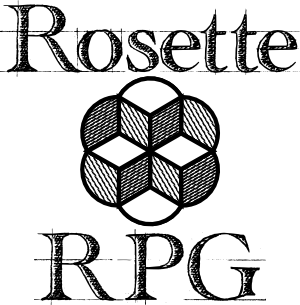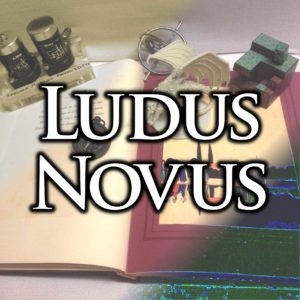 A big secret of tabletop RPG design is that roleplaying games play themselves. Get the right group of people together and they’ll have fun telling a good story, regardless of which edition of which game they’re playing. The hard parts of RPGs are things the designer can’t control: social dynamics.
A big secret of tabletop RPG design is that roleplaying games play themselves. Get the right group of people together and they’ll have fun telling a good story, regardless of which edition of which game they’re playing. The hard parts of RPGs are things the designer can’t control: social dynamics.
What good are rules at all, then? Rules serve two purposes: to enable and constrain the play. The rules of an RPG serve to make the creative process easier by enabling story, and they constrain the scope of the story to keep the group within a manageable narrative space.
In my role as lead designer on Future Proof Games‘s upcoming tabletop RPG Rosette1, I’ve made tons of decisions regarding how the rules work. By the request of one of my patrons, I’ll go over that process from a high level.
